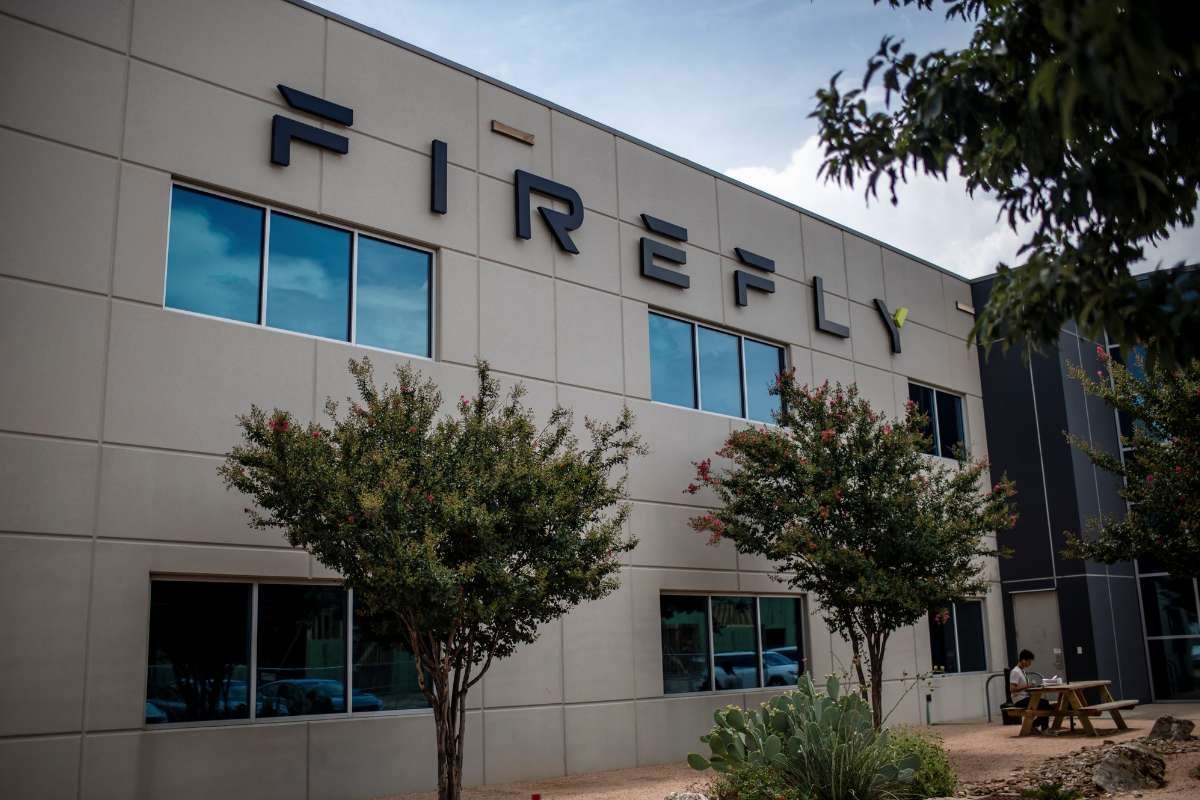Rising Fees and Rising Stakes
Chase’s decision to increase the annual fee of its flagship Chase Sapphire Reserve card to $795 has reignited conversations around the shifting dynamics of the premium credit card market. Once hailed as the original “viral” card for its generous perks and sleek design, the Sapphire Reserve now finds itself at the center of an evolving strategy aimed at attracting high-spending, affluent customers. While the steep price tag might appear extravagant to some, Chase is betting on the fact that for its wealthier clientele, the value in rewards, travel benefits, and lifestyle perks far outweighs the cost.
This move isn’t just about credit cards—it reflects broader economic trends. The widening wealth gap and varying levels of purchasing power across society mean what seems like an excessive financial commitment to one person may appear as a wise investment to another. Amid rising costs of everyday items—from eggs to childcare—premium credit cards are transforming from financial tools into lifestyle membership clubs, offering exclusive access rather than just cashback or miles.
The Battle for the Affluent Consumer
The Chase Sapphire Reserve isn’t the only card making changes. American Express recently announced a forthcoming revamp of its Platinum card line, calling it its “largest investment ever” in cardholder benefits, which will roll out in the fall. Meanwhile, Wells Fargo has entered the fray, unveiling a new travel-centric card aimed at energizing its underperforming credit card division.
These shifts highlight a broader industry trend: banks are intensifying efforts to capture and retain a specific slice of the market—consumers who either spend heavily or are willing to pay for elite benefits regardless of usage. Card issuers reap profits from swipe fees and annual charges, especially from those who don’t fully utilize their perks. In contrast, users who maximize rewards without spending extensively are seen as less profitable.
A Reflection of Economic Duality
This move by Chase and its competitors also mirrors deeper economic divides. While premium cards cater to those with disposable income, the rest of the country is seeing a different shift. Dollar stores, for example, report an uptick in higher-income shoppers—a sign that financial uncertainty is pushing even wealthier households to seek savings.
At the same time, premium card lines appear poised to subtly filter out lower-tier spenders, signaling a desire to focus solely on the ultra-wealthy. As JPMorgan Chase CEO Jamie Dimon once said about the Chase Sapphire Reserve, “The card was so successful it cost us $200 million, but we expect that to have a good return on it.” I wish it was a $400 million loss.” That level of confidence suggests Chase believes there’s still untapped value in the affluent segment—and that the new $795 fee is more strategy than splurge.
In the end, what’s unfolding is more than a perk war—it’s a redefinition of what it means to be a premium customer in today’s economy.







